Learn all about Passover in this blog post with TCCL resources available for viewing from the comfort of your home!
What is Passover?
Passover, or Pesach in Hebrew, is one of the most important of Jewish holidays. It commemorates the escape of the ancient Israelites from slavery in Egypt and God’s mercy in sparing the lives of the Israelite children. To avoid the divine punishment visited on the Egyptians that each firstborn son would be killed, the Israelites were told to slaughter a lamb and mark their doors with blood so that death would “pass over.” They were to roast and eat the lamb with bread and bitter herbs. The central event of the modern Passover is a ritual meal called the seder, which accompanies the telling of the story of this deliverance.
From Food, Feasts, and Faith: An Encyclopedia of Food Culture in World Religions (Vol. 2) from ABC-Clio.
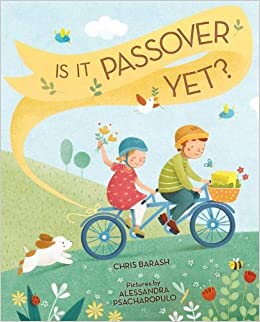
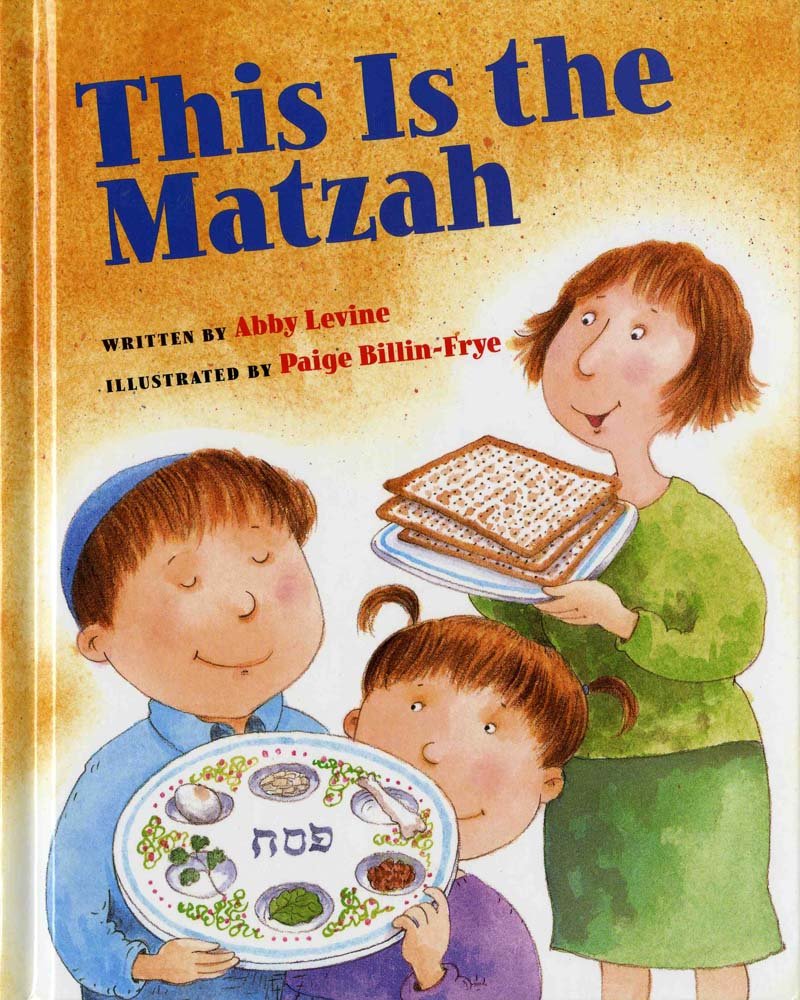
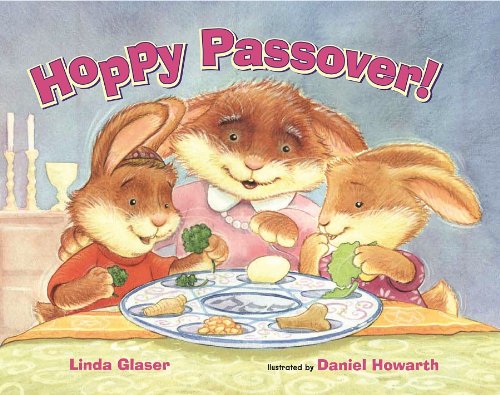
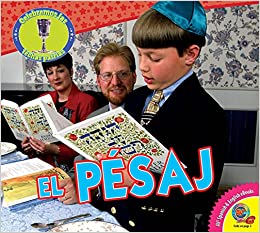
Help your family and young ones learn more about Passover with these instantly available digital items:
-
Is It Passover Yet? by Chris Barash
-
This Is the Matzah by Abby Levine
-
Hoppy Passover! by Linda Glaser
-
El Pésaj by Katie Gillespie
-
Hoopla items for all ages.
Like most largescale holidays or cultural celebrations, food plays a huge role. We collected the Passover recipes freely available in our AtoZ World Food database here. Click the dish name, then log in to the database with your TCCL card and last name. Having trouble? Try accessing the databases HERE. Once logged in, use the Search bar to find any of the dishes below.
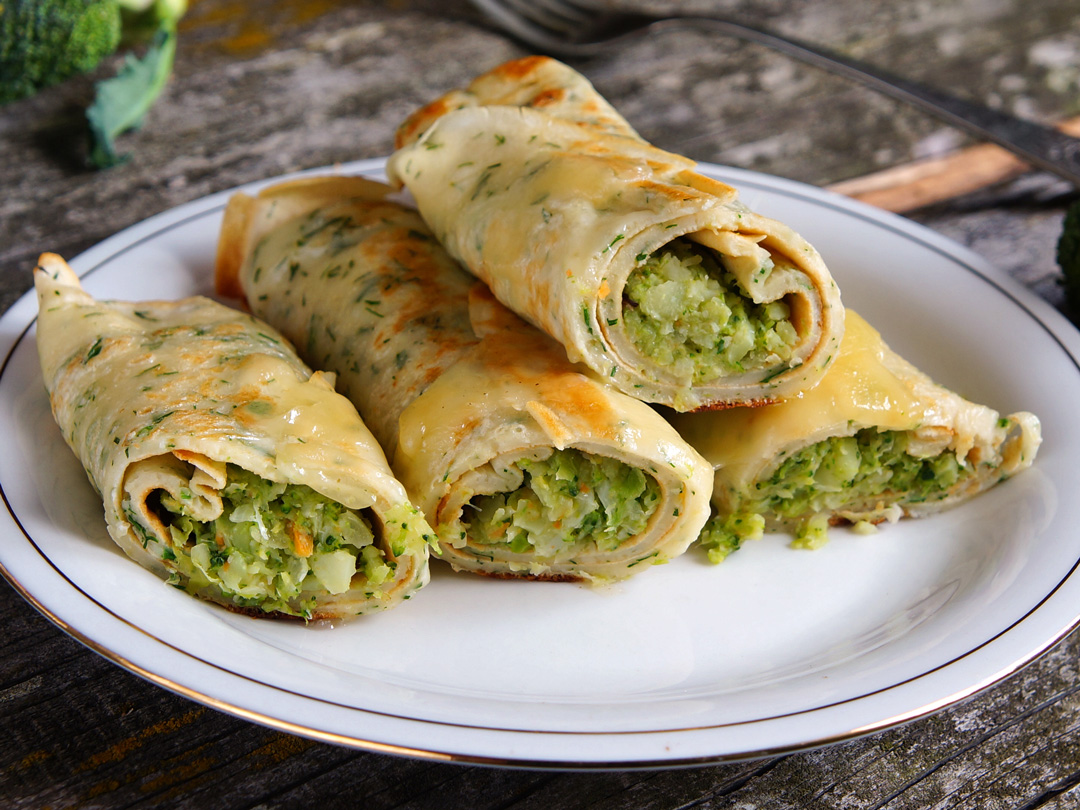 Blintzes: Often served during Passover, blintzes are a popular Israeli food. Blintzes can be savory, like this version, or sweet, filled with jam or custards. Because blintzes have a similar preparation method to a French crepe, it is best to use a crepe pan, although a 9-inch (23-cm) cast iron skillet can also be used.
Blintzes: Often served during Passover, blintzes are a popular Israeli food. Blintzes can be savory, like this version, or sweet, filled with jam or custards. Because blintzes have a similar preparation method to a French crepe, it is best to use a crepe pan, although a 9-inch (23-cm) cast iron skillet can also be used.
Brisket: Brisket is usually a tough cut of meat that is often marinated and slow-cooked to tenderize it. This recipe is spicy and made for special occasions like Rosh Hashanah or Passover dinner. With the pomegranate juice and licorice root, both of which grow in Israel, this is an impressive traditional meal.
Charoset: This sweet paste of nuts, wine, and fruit is traditionally found on the Seder plate—a ceremonial collection of foods served during the first two nights of the Jewish Passover festival. A paste of fruit, nuts, and wine, this simple spread is often served with matzah or toasted pita bread.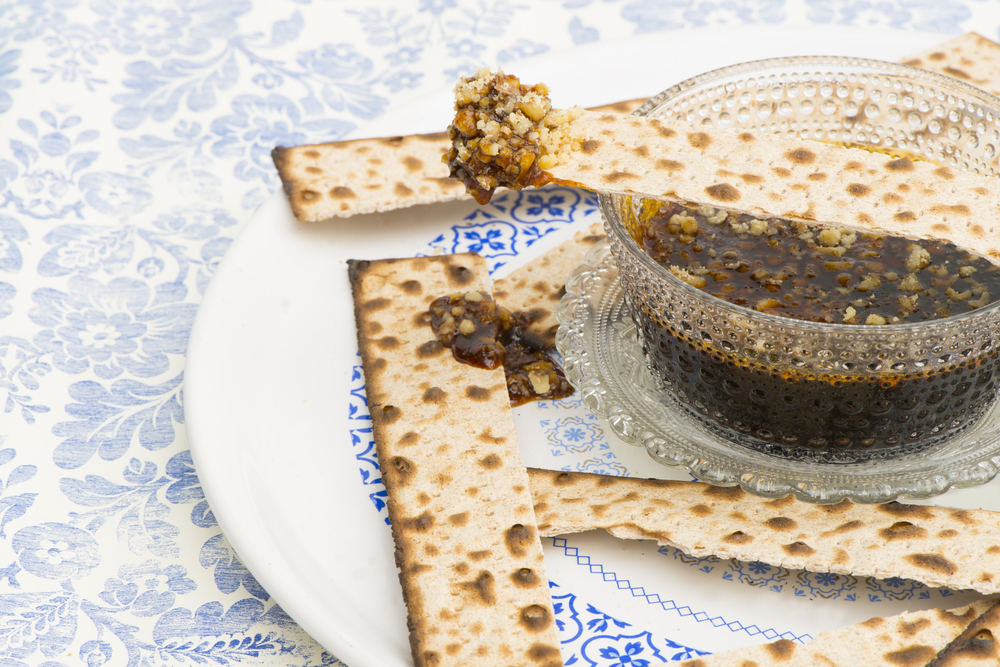
Charoseth: This dish of apples, nuts, and wine is part of the ceremonial Passover Seder plate. The ingredients are meant to symbolize the water and clay used by the Israelites to make the bricks for their new homes.
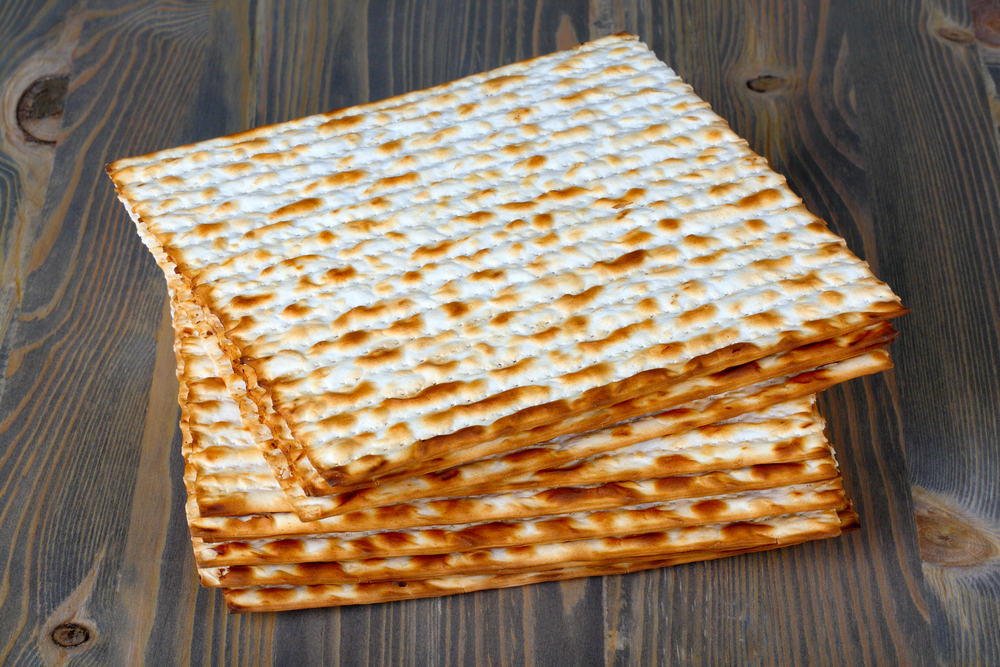 Matzo: Matzo, matzah or matza, is a thin and crisp unleavened flatbread. The Jewish Passover dinner called Seder celebrates the Exodus, the liberation of the Israelites from slavery in Egypt. The Seder is a deeply symbolic meal that includes numerous rituals and special foods. Matzo, for example, represents the unleavened bread the Jews ate while fleeing from the Egyptian army.
Matzo: Matzo, matzah or matza, is a thin and crisp unleavened flatbread. The Jewish Passover dinner called Seder celebrates the Exodus, the liberation of the Israelites from slavery in Egypt. The Seder is a deeply symbolic meal that includes numerous rituals and special foods. Matzo, for example, represents the unleavened bread the Jews ate while fleeing from the Egyptian army.
Pastel: This spicy beef pie made with puff pastry has Sephardic and Moroccan roots. For Passover, crumbled matzo or farfel is used instead. This pie is spiced with cinnamon, dill, and parsley, and will feed the whole family. Some recipes add cilantro or cayenne.
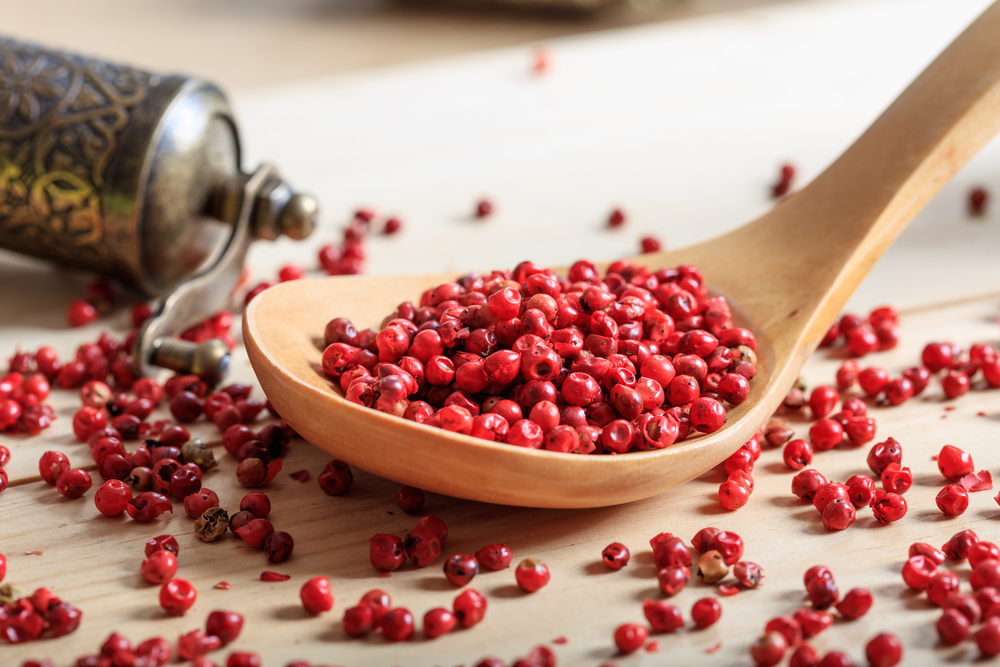 Salmon with Pink Peppercorns: This is a traditional Passover seder dish, as it makes a healthy, springtime alternative to heavy meat dishes. Also served cold the next day, salmon is a popular breakfast sandwich and crepe ingredient. Pomegranate juice, commonly sold on the street across the Middle East, adds flavor and color to this recipe.
Salmon with Pink Peppercorns: This is a traditional Passover seder dish, as it makes a healthy, springtime alternative to heavy meat dishes. Also served cold the next day, salmon is a popular breakfast sandwich and crepe ingredient. Pomegranate juice, commonly sold on the street across the Middle East, adds flavor and color to this recipe.
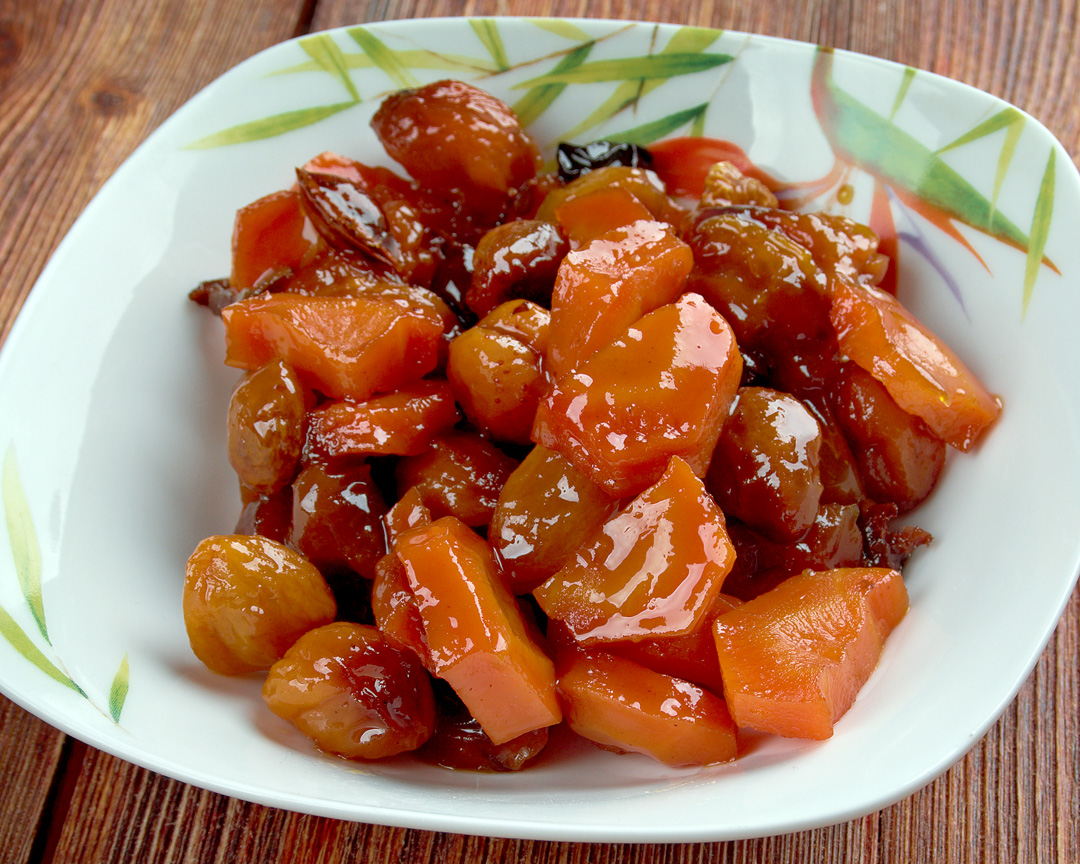 Tzimmes: A sweetened vegetable side dish, tzimmes or tsimmes, is commonly served beside the meat main at Chanukah and Passover feasts. This recipe is from the Ashkenazi tradition, and can be varied to include dried fruits, different vegetables, or even chunks of lamb or beef.
Tzimmes: A sweetened vegetable side dish, tzimmes or tsimmes, is commonly served beside the meat main at Chanukah and Passover feasts. This recipe is from the Ashkenazi tradition, and can be varied to include dried fruits, different vegetables, or even chunks of lamb or beef.
Hungry for more? Check out these digital cookbooks in our collection:
-
The New Passover Menu: A Fresh look at Passover Meals by Paula Shoyer
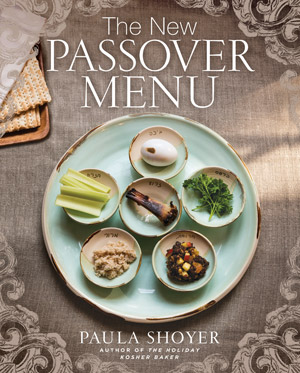
-
The Perfect Passover Cookbook by Judy Kancigor